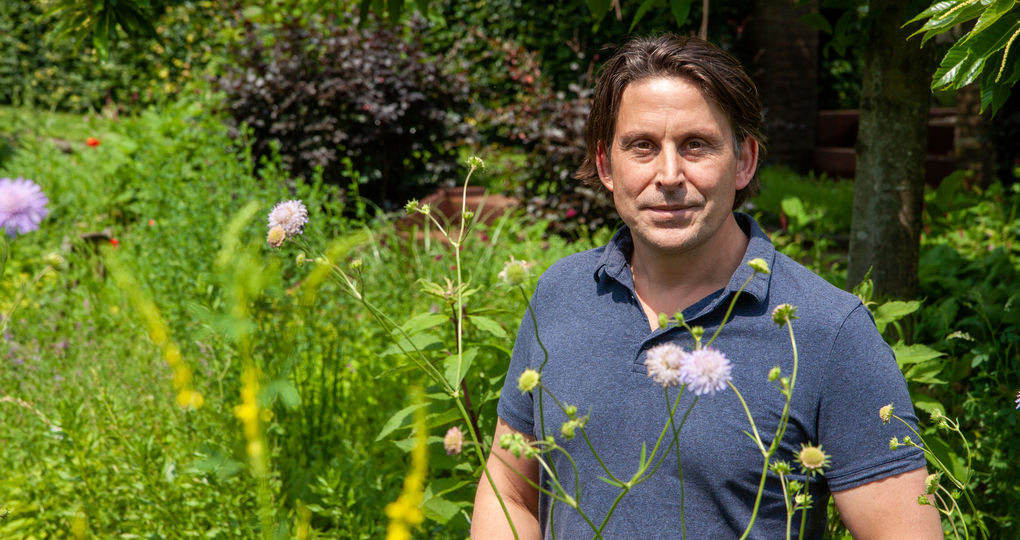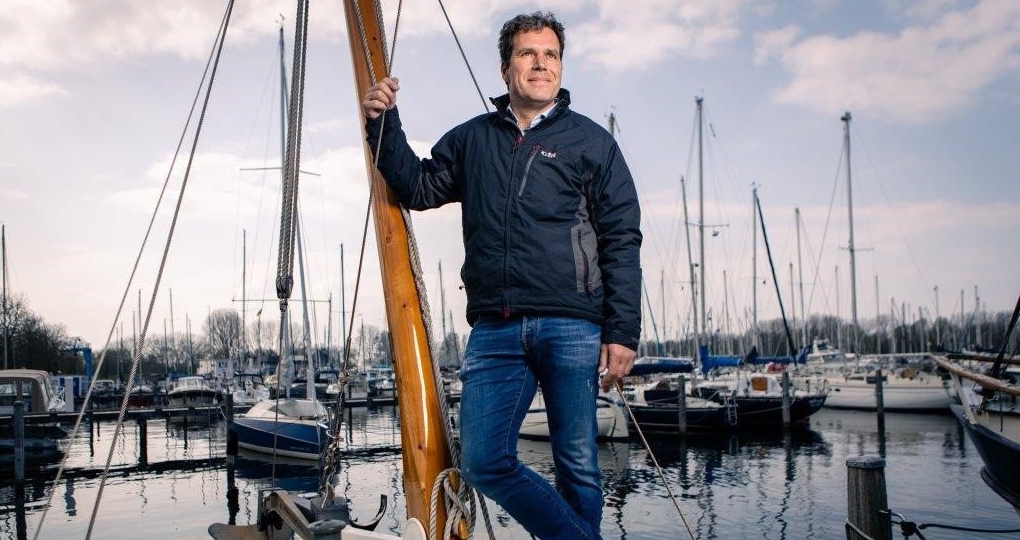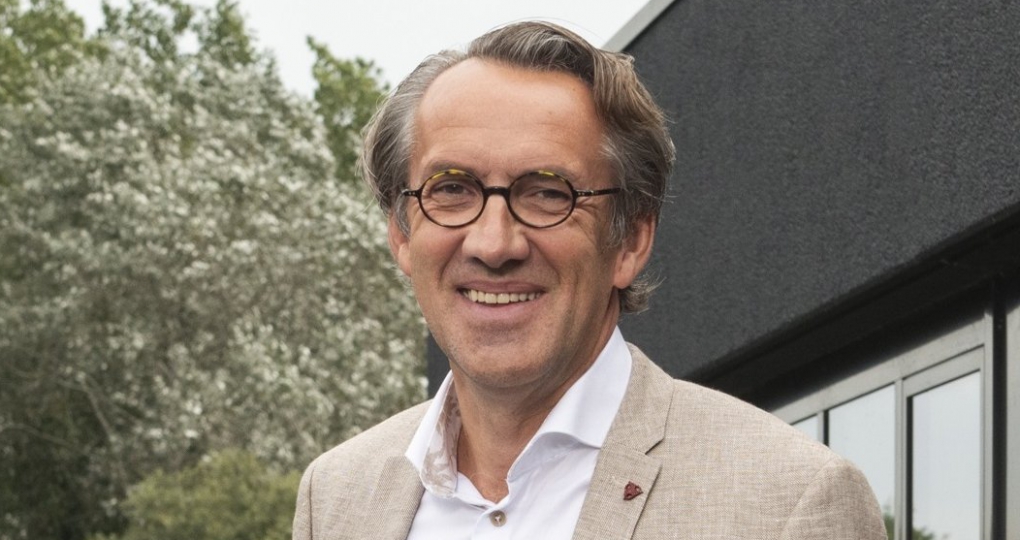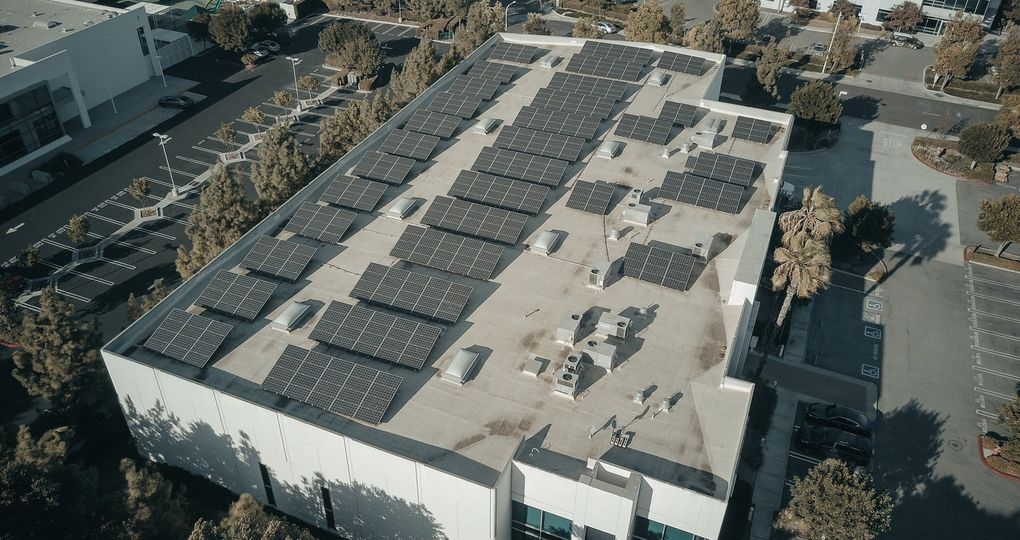Myth: heavy buildings have lower energy demand (Part 2)
Gebouwen met een grote (thermische) massa worden over het algemeen beschouwd als meer energiezuinig dan gebouwen met een lichte bouwwijze. Dat blijkt lang niet altijd zo te zijn, zo blijkt uit een vergelijking van beide concepten.
Auteurs: Christa de Vaan, Huibert Spoorenberg, Jaap Wiedenhoff
Figure 1 shows the effect of a buffer space on the air temperature. Because the space is heated by the sun the temperature inside it will become higher than the outside temperature. Natural ventilation in the atrium can be used to prevent overheating.
Figure 2 shows the percentage of heating energy savings of a building with a buffer space at different orientations compared to a building without a buffer space. A building with a buffer space on its south façade will use approximately 25% less energy for heating than a building without a buffer space. A north facing buffer reduces the energy demand for heating by about 17% compared to a building without a buffer space.
Compared to the roof, façades are far more effective in providing passive solar energy. Therefore the energy savings for a building also depend on adjacent buildings (shading effect), especially in the case of a buffer space.
Other parameters that affect the energy demand
1. Window orientation
Figure 3 shows the internal solar gain for a window facing east (1), a window facing south (2) and a south facing window with an overhang (3). In winter we wish to have as much solar gain as possible and less in summer. A building with a south facing window follows this principle much better than a building with the window on the east facade. A building with a window on the south façade will therefore use less energy for both heating and cooling than a building with a window on the east façade.
2. Ventilation
In North-European climates most of the time the outdoor air temperature will not be within the
comfort limits to be supplied directly to an indoor space (see figure 4). If a buffer space is designated as a semi-outdoor space, both lower and higher temperatures may still be acceptable.
3. Internal heat gain
Another factor that influences the heating load of a building is the internal heat gain. The internal heat gain is determined by the heat emitted by occupants, lighting, machinery, computers and sunlight through windows. This means the internal heat gain can only partly be influenced by the building design. The graph in figure 5 shows the internal heat gain compared to the heating load of both a lightweight building and a heavyweight building.
This graph shows that a higher internal heat gain has a more positive effect on a heavyweight building than on a lightweight building. This is because this heat can be stored in the building mass. The internal heat gain has a negative effect on the cooling load of buildings in general, but this effect is worse for a lightweight building (see figure 6).
Conclusions
A lightweight building uses less energy than a heavyweight building if the building control system is set up in the right way. This means that the night temperature should be low enough to save as much energy as possible during the hours the building is unoccupied. If a large part of the building is occupied during the night so the temperature set point at night can not be set too low for comfort reasons, a lightweight building would be less energy efficient. A heavyweight building has a lower cooling load, but a higher total energy demand than a lightweight building.
The use of a buffer space reduces the energy demand for heating a lightweight building significantly, but the roof top of the building should preferably not be covered by glass. Compared to the roof, façades are more effective in providing passive solar energy. Therefore the energy savings for a building also depend on adjacent buildings (shading effect), especially in the case of a buffer space.
Our advice would be to use the advantages of a lightweight building and optimise the mechanical installations and control system for this type of building and strategically exploit the advantages of a buffer space. This way the building will remain flexible, comfortable and energy efficient at the same
time.
Figures
Figure 1 - Effects of a buffer space on the air temperature.
Figure 2; Heating energy savings with buffer spaces at different orientations compared to a building without buffer space.
Figure 3; Heating energy savings for a building with buffer space at different orientations compared to a building without buffer space.
Figure 4; frequency plot of the number of hours per outdoor temperature range occurring per year in The Netherlands.
Figure 5; The heating load of a heavyweight building compared to a lightweight building as a function of the internal heat gain (night heating set point is 15°C) .
Figure 6; The cooling load of a heavyweight building compared to a lightweight building as a function of the internal heat gain (night heating setpoint is 15°C).













